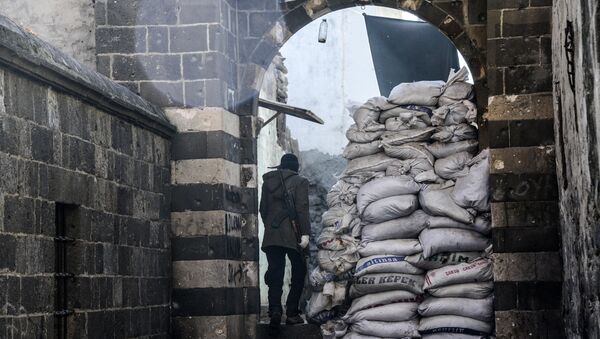According to the World Watch Monitor, the Virgin Mary Syriac Orthodox Church, the Surp Sarkis Chaldean Catholic Church, the Diyarbakir Protestant Church, the Apostolic Armenian Surp Giragos Church, an Armenian Catholic church, and the Mar Petyun Chaldean Catholic Church are now under government control.
Turkish officials claim that this land has suffered from violent conflict in the last few years and will be restored to turn the city of Diyarbakir into a tourist attraction. According to Prime Minister Ahmet Davutoglu, the government would rebuild Sur, Diyarbakır's metropolitan municipality, to look like the scenic Spanish city of Toledo.
"Everyone will want to come and appreciate its architectural texture," he said.
However, according to Armenian minority representative Nora Hovsepia, this act reminds her of events that preceded the notorious Armenian genocide of 1915. During that time, she said, properties were confiscated illegally and the people were "displaced under the false guise of temporary relocation for its own protection. The temporary relocation turned out to be death marches and permanent disenfranchisement of two million from their ancestral homeland."
The seizure of churches and nearby land also clelicited criticism from former mayor of Diyarbakir Abdullah Demirbas, who believes that the Turkish government aims to singularize the region and "rid it of its rich multifaith and multicultural structure."
Kurdish representatives believe that true intentions of the Turkish government involve construction of luxury rentals for the rich.
"Solving ethnic and religious strife through demographic engineering is a policy of the Turkish government that goes back well over a century," said Taner Akcam, a prominent Turkish historian.
"The latest developments in Sur," he added, referring to the historic heart of Diyarbakir, "need to be viewed through this framework."



